Explainer: How Hezbollah struck Ramat David airbase and Rafael arms factory in Haifa?
By Ivan Kesic
In the initial response to the assassination of its top-ranking commanders, the Lebanese resistance movement launched its deepest strike into occupied territories since October 7.
In the wee hours of Monday morning, the movement launched a barrage of Fadi-1 and Fadi-2 rockets targeting the Ramat David airbase and military airport southeast of the occupied city of Haifa.
The initial burst of rockets was followed by two more intense bursts within a few hours, forcing Israeli soldiers and settlers to hide in safe rooms, as confirmed by the regime media.
The attacks followed the assassination of Aqil and other senior Hezbollah officials in an Israeli airstrike in the southern suburbs of Beirut. He is the second high-profile Hezbollah leader to be targeted in recent months after Fuad Shukr.
The attacks on Ramat David airbase and airport, which evaded Israeli air defenses, were followed by a high-precision strike on the Rafael arms manufacturing firm near Haifa.
In a statement, Hezbollah said the operation was the “initial reaction” to the terror attacks on Tuesday and Wednesday that killed dozens and injured thousands across Lebanon.
Haifa and nearby areas are still burning following the launch of over 120 rockets by Hezbollah. pic.twitter.com/4Ax6qMpjGZ
— Palestine Highlights (@PalHighlight) September 22, 2024
What weapons were used?
Lebanese media quoted sources on the ground saying that Fadi-1 and Fadi-2 artillery rockets were used in the waves of attacks for the first time since the beginning of the Israeli genocidal war on Gaza.
Both models are large-caliber and long-range artillery rockets, significantly larger and more effective than the BM-21 Grad rocket variants of the Katyusha family that make up the bulk of Hezbollah's rocket artillery arsenal.
They are launched from a multiple rocket launcher (MRL), with platforms configured from three to six barrels, usually hidden and camouflaged underground or in well-fortified bunkers.
In this particular case, the rockets were launched from dozens of Hezbollah underground bases of the Imad Complex, which houses MRLs and personnel and, according to the field sources, have "not been affected by all of the enemies' raids."
The Fadi-1 is a 220 mm rocket with a range of 80 km, and the larger Fadi-2 is a 302 mm rocket with a range of 105 km and a warhead of 150 kg.
The former is similar in caliber to the Russian BM-27 Uragan and TOS-1A rockets, but with a greater range, while the latter is similar in caliber and range to the Chinese Weishi-1, Syrian Khaibar-1 and Turkish TRG-300 rockets.
The BM-21 Katyusha is a 122 mm rocket with a range of 40 km and quantitatively represents the largest part of Hezbollah's colossal arsenal of about 150,000 rockets.
With a circular error probability (CEP) of several tens of meters, all three artillery rockets do not have precision guidance and are used to strike large-area targets, such as the Ramat David airbase and the Rafael industrial plant in Saturday’s case.
Lebanese field sources emphasize that this attack did not include the use of precision-guided missiles, which Hezbollah possesses, and was only a preliminary response to Israeli aggression.
Video shows Israeli settlers fleeing to shelters after several barrages of rockets launched by Hezbollah towards the northern occupied territories. pic.twitter.com/gXnbLn5Wtu
— Palestine Highlights (@PalHighlight) September 22, 2024
What are the targets struck?
An important target of Hezbollah's retaliatory strike on Sunday morning was Ramat David Airbase, located 15 km southeast of occupied Haifa, the northernmost base for Israeli fighter jets.
The airbase also hosts combat, transport, rescue and maritime patrol helicopters, reconnaissance and combat drones, as well as electronic warfare offensive systems.
Hezbollah's footage released in July showed that its spy drones flew to the base, 46 km far from the Lebanese border, and examined its layout and other details.
The airbase has three runways, which, together with hangars, training and other facilities, cover an area of six square kilometers, and as in the previous case and for the same reasons, it is currently not possible to determine the exact damage.
The airbase and the nearby military airport were pounded at least three times on Sunday “in support of our steadfast Palestinian people in the Gaza Strip,” said the Hezbollah statement.
Another target was the Rafael industrial complex that houses weapons manufacturing plants.
As correctly reported by the Press TV website last month, while discussing options before the Axis of Resistance to retaliate against the assassination of resistance commanders Ismail Haniyeh and Fuad Shukr, one of the primary targets was the Rafael industrial complex in occupied Haifa.
The 'Rafael Advanced Defense Systems complex covers six square kilometers along the Mediterranean coast north of the city and is a strictly protected zone, with a fence and guardhouses.
It consists of over a hundred buildings, from office and research centers, and warehouses, to industrial plants, test ranges and military installations.
Funeral underway for Hezbollah commander, Ibrahim Aqil, killed in Israeli airstrike in Beirut
— Press TV 🔻 (@PressTV) September 22, 2024
Watch here: https://t.co/ioP0kZngOm pic.twitter.com/gfMjzwcFiK
Rafael is one of the regime's three largest military manufacturing companies, producing protection systems for armored vehicles, the Iron Dome and David's Sling air military systems, and various types of cruise and guided missiles.
To the north and east of the Rafael complex are industrial zones of other arms companies, while just 50 meters to the south, across Jerusalem Boulevard, is a densely populated residential zone.
The damage done in the complex is not known due to the secrecy and inaccessibility of the location, as well as due to the regime's long-term policy of hiding and censoring the damage in the military areas and exaggerating the damage in the residential areas.
Israeli regime media thus does not report military-industrial damage in the complex and claims that Hezbollah rockets intentionally hit the houses of Kiryat Bialik, a nearby residential neighborhood located across Highway 4 to the east.
Taking into account the stated CEP of the rockets and the width of the complex of 1.5 kilometers, the regime's claims about the deliberate targeting of civilian areas are highly unlikely.
This is supported by footage of one of the hits from the Israeli media, whose explosion is more in line with a failed interceptor missile of the Iron Dome system than a rocket with a 150 kg warhead.
The photos they released show damage to houses, cars and roads, as well as a number of local fires, and according to their reports, three people have been injured.
Trump claims Venezuelan President Maduro captured, flown out of country
Iran calls for US to be held accountable over 2020 assassination of General Soleimani
Ayatollah Khamenei: Enemies behind national currency devaluation
Iran border guards bust terror team, seize firearms in Sistan and Baluchestan
IRGC says Trump’s threats stem from desperation, vows to defeat all plots
The Abu Mahdi Al-Muhandis Catamaran
Venezuela declares state of emergency after US hits civilian, military targets
VIDEO | Remembering Qasem Soleimani


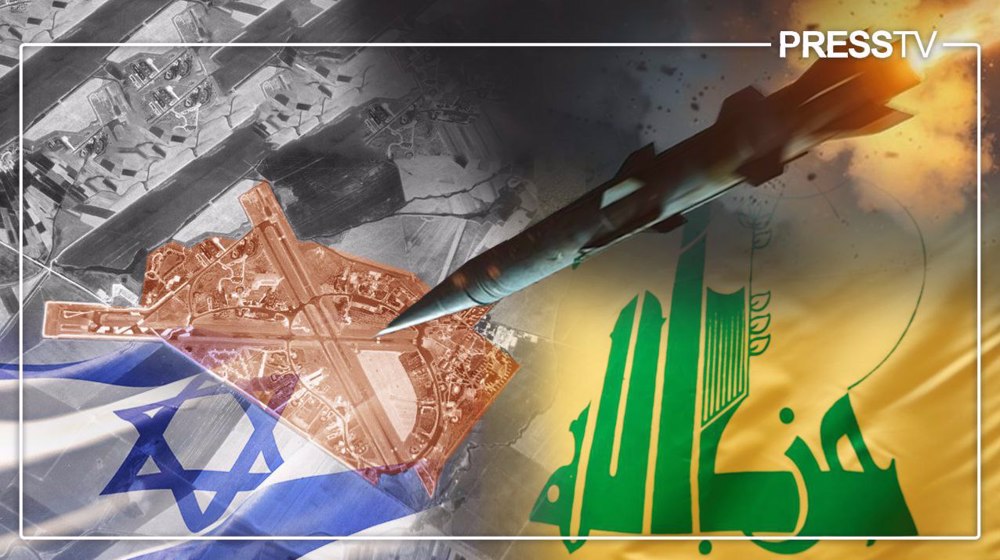

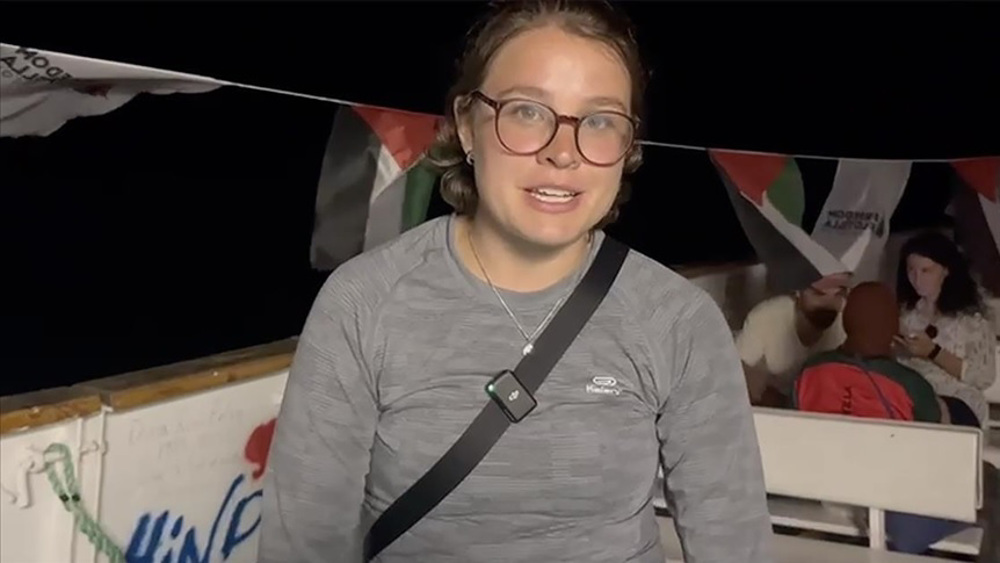




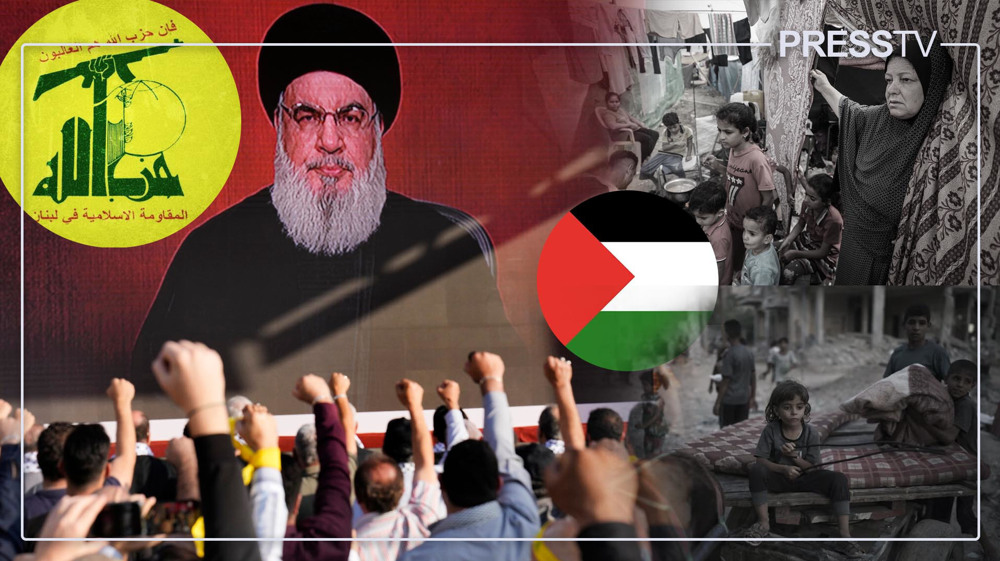
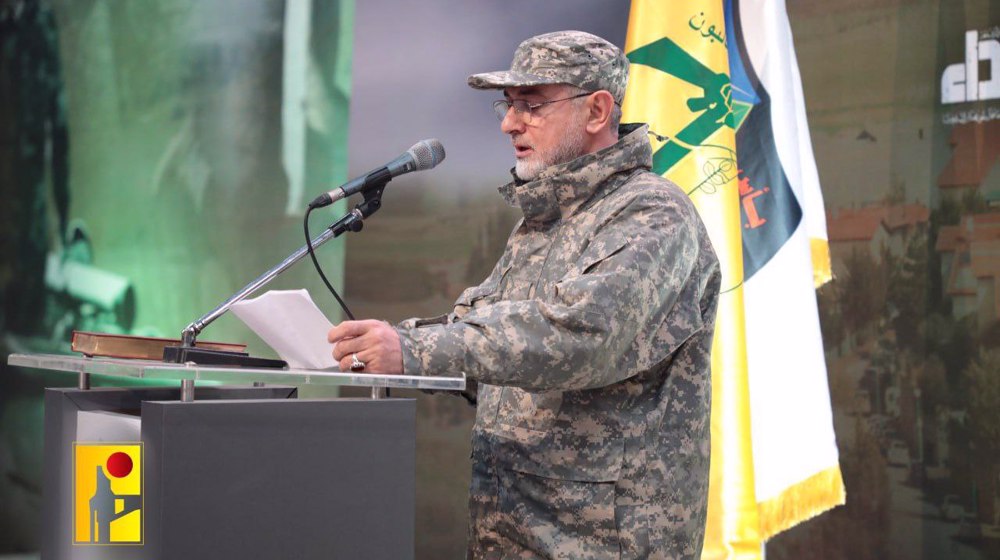


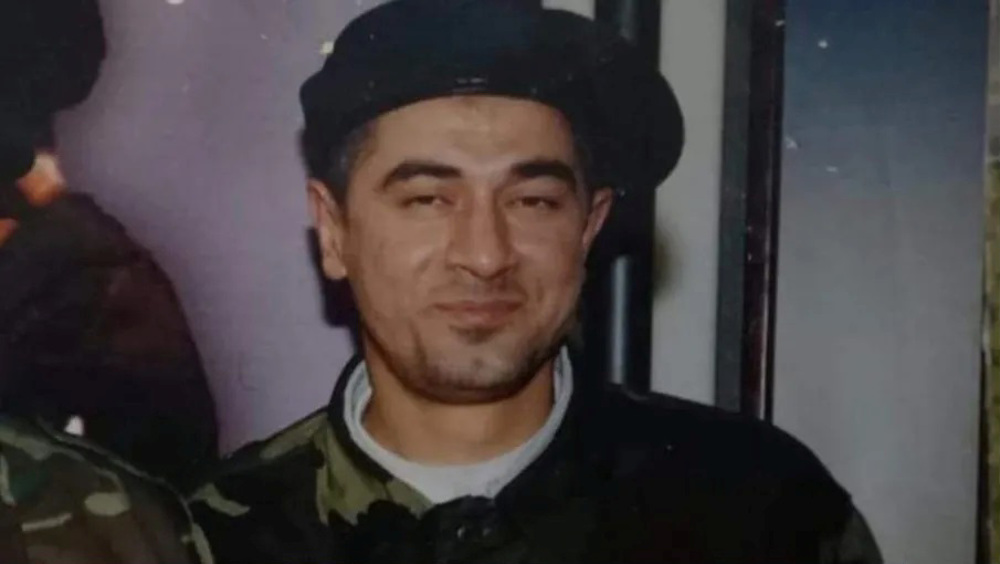

 This makes it easy to access the Press TV website
This makes it easy to access the Press TV website